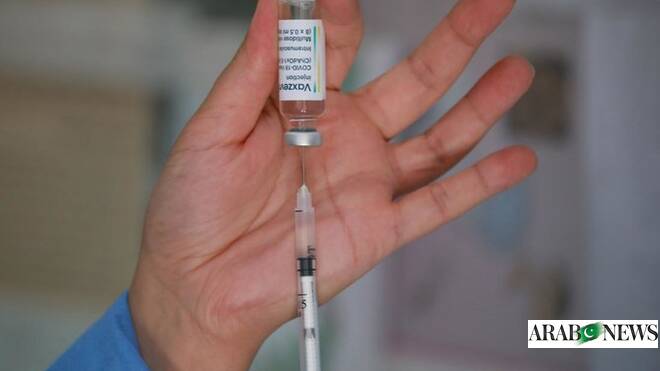Combining tramadol (Ultram; Janssen Pharmaceuticals) with CYP2D6-inhibiting antidepressants is associated with a higher risk of seizures, according to findings published in Neurology. The findings highlight the need for careful monitoring of…
A head-to-head comparison of three commercially available AI tools for detecting fractures on x-rays has revealed the good and the bad in each model, researchers have reported.
While all three models showed moderate to high performance for…






